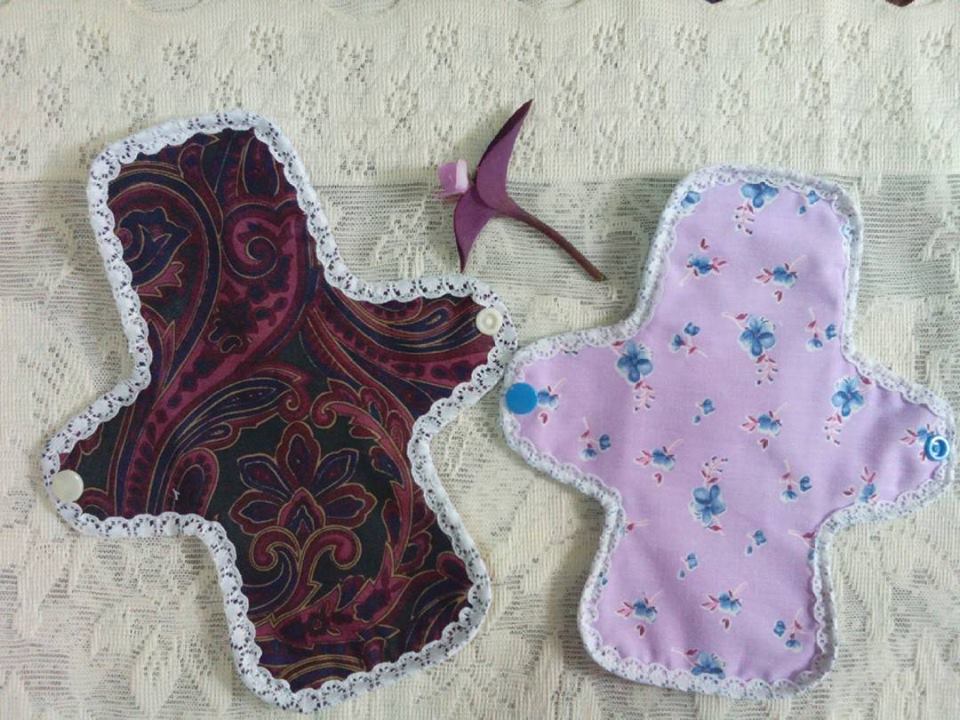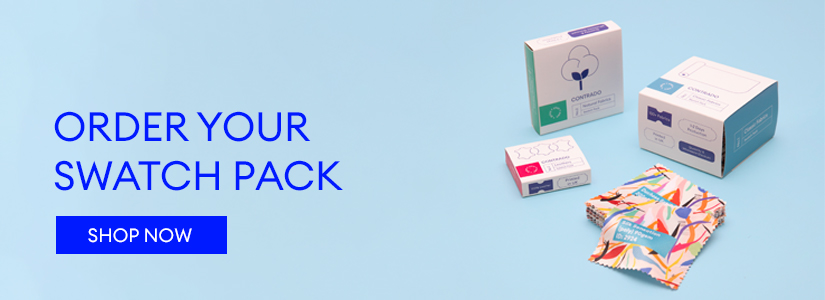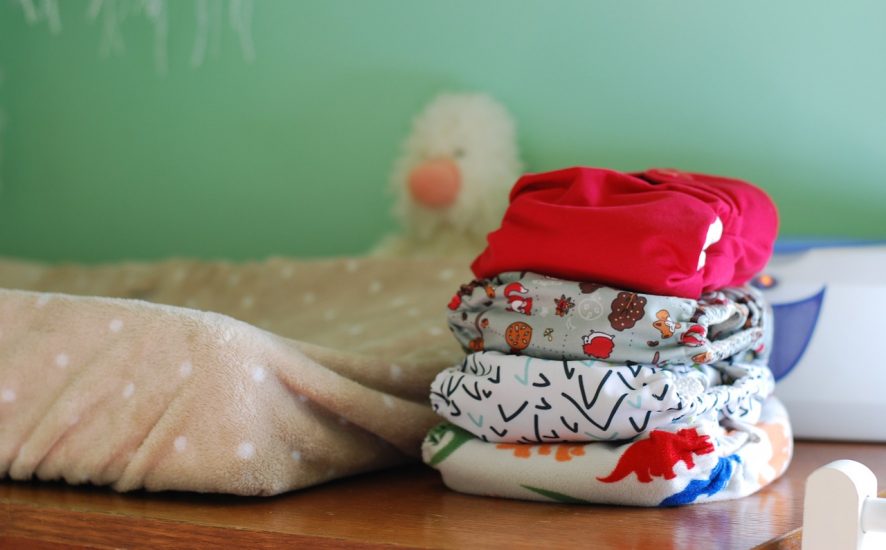What is PUL?
PUL stands for Polyurethane Laminate which is a very unique material. Also known as ‘thermal stretch’ or ‘fuzzy rubber’, this waterproof material has a huge range of end uses.
Polyurethane Laminate has a number of uses due to the abundance of super-helpful characteristics. PUL fabric has a number of applications from medical use to automotive. It is used in the design of some garments.
How is PUL fabric Made
We make the majority of PUL fabrics by taking a lightweight poly fabric, often an interlock knitted one, and then using a polyurethane film of around a millimetre thick to laminate this.
This laminating process is done in one of two ways: solvent lamination or hot melt. Solvent lamination fuses the two substances (the fabric and the film) together to create a single fabric. Hot melt uses a glue which is heat activated. This sticks the two materials together.

What is PUL used for?
Due to its waterproof nature and the fact that it is breathable, PUL has great splash-resistance. It’s ideal for outerwear and outdoor clothing. Often machine washable and sometimes tumble-safe too, it’s somewhat simple to look after.
PUL has great windproof characteristics. When paired with the water barrier properties this fabric becomes ideal for use in water sports equipment and shower curtains.
It’s super easy to clean which lends itself well to certain upholstery applications too, especially in cars as well as restaurants and hospitals.
This easy-clean feature doesn’t just extend to a quick wipe-down either. You can readily sterilise PUL. Due to this, it is a popular fabric for medical bedding, mattress protectors and even the outer cover of waterproof mattresses. Other incredibly useful applications are reusable incontinence products, nappies and cloth menstrual pads.

Advantages of PUL fabric
- Waterproof
- Wind-barrier
- Easy-Clean
- Readily sterilised
- Breathable
- Has some stretch
- Soft
- Flexible
Disadvantages of PUL fabric
- If kept wet for extended periods it can disintegrate
- It sticks to itself when damp
- Doesn’t respond well to fabric softener
- Dryer sheets will lessen the waterproof effects
- Can melt when exposed to intense heat
Printing on Polyurethane Laminate fabric
Designing your own PUL fabric can be a lot of fun. You can create your own waterproof fabrics for any number of end-uses, and what’s more, we have not one, but two that you can choose from. We coat our Breathable Waterproof fabric only on one side but is smooth and matte with no fray at all. Great for furnishing, upholstery, linings and garments this is a non-stretch fabric. Ella Waterproof is a super-lightweight fabric yet is still mega-tough. Again, laminated on the back, it is semi-transparent and outstandingly smooth, making it the ideal material for making garments.


